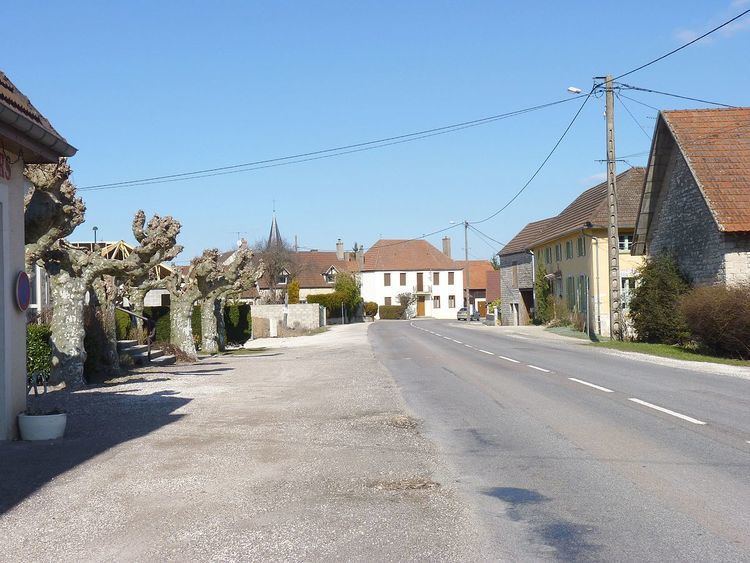Local time Wednesday 10:05 AM | Area 6.34 km² | |
 | ||
Region Bourgogne-Franche-Comté Weather 7°C, Wind S at 24 km/h, 88% Humidity | ||
Aubigny-en-Plaine is a French commune in the Côte-d'Or department in the Bourgogne-Franche-Comté region of eastern France.
Contents
Map of 21170 Aubigny-en-Plaine, France
The inhabitants of the commune are known as Albineyais or Albineyaises. from the original name of the commune of Albineyum in the 13th century.
Geography
Aubigny-en-Plaine is located some 27 km south by south-east of Dijon, 30 km north-east of Beaune and 17 km east of Nuits-Saint-Georges. Access to the commune is by the D8 road from Brazey-en-Plaine in the east passing through the village then the width of the commune as it goes west to Saint-Nicolas-lès-Cîteaux. The D 34 road comes from Charrey-sur-Saône in the south-west and passes through the village before continuing north to join the D 968 south of Aiserey. The D 20G goes south-east from the village to Esbarres. The western half of the commune is heavily forested while the eastern half is farmland.
The Vouge river forms the eastern border of the commune as it flows south to join the Saône west of Saint-Jean-de-Losne. The Ruisseau du Bas de Bessey forms the northern border of the commune as it flows east to join the Vouge. An unnamed stream flows through the village to the Vouge.
Administration
List of Successive Mayors
(Not all data is known)
Demography
In 2010 the commune had 366 inhabitants. The evolution of the number of inhabitants is known from the population censuses conducted in the commune since 1793. From the 21st century, a census of communes with fewer than 10,000 inhabitants is held every five years, unlike larger towns that have a sample survey every year.
Sources : Ldh/EHESS/Cassini until 1962, INSEE database from 1968 (population without double counting and municipal population from 2006)
Sites and monuments
The Church of Aubigny-en-Plaine has the peculiarity of not having a transept. It has only a Nave. It contains one item that is registered as a historical object:
